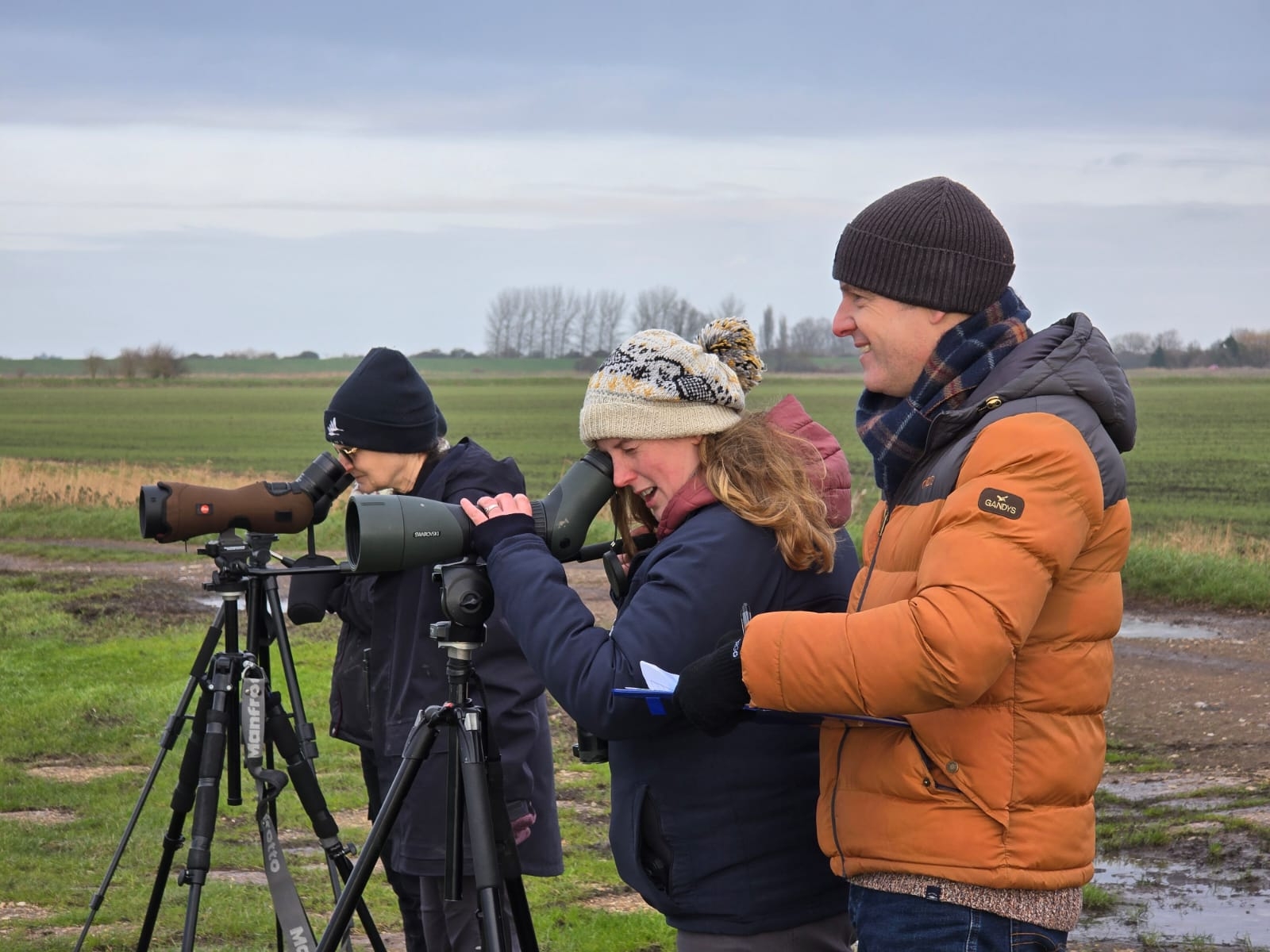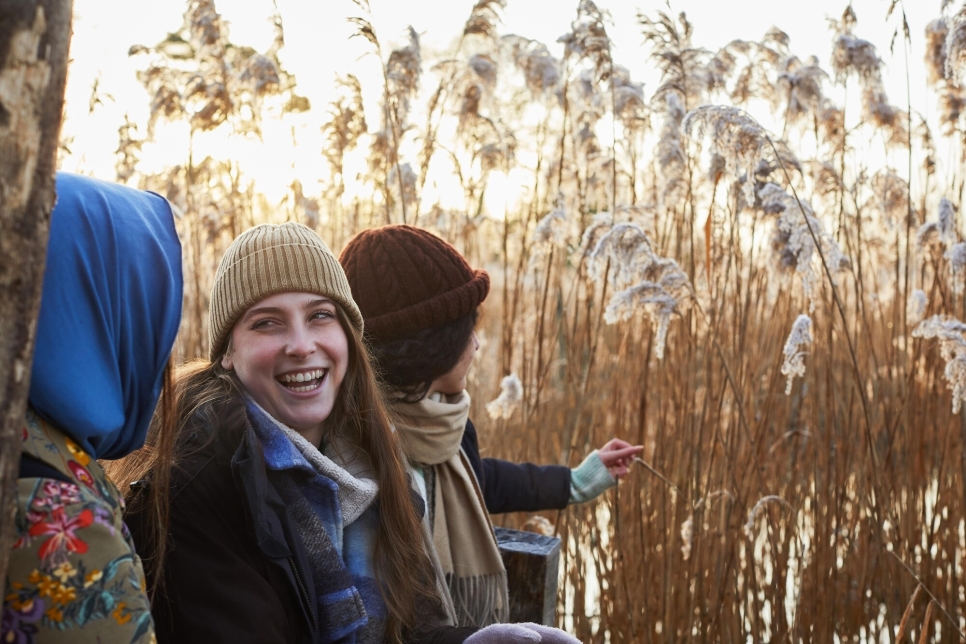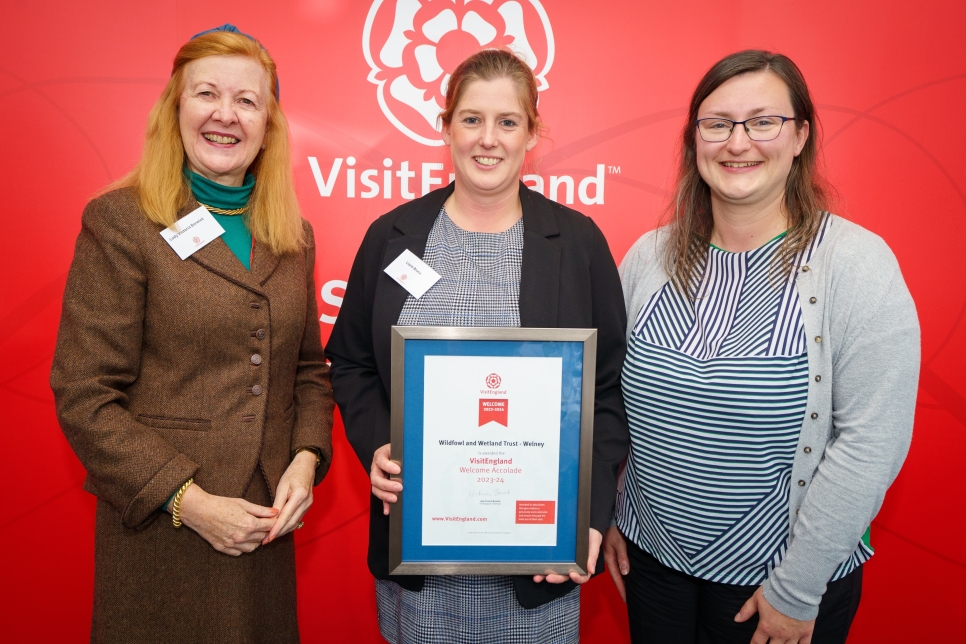Black-tailed Godwit chicks mark start of world-first captive breeding project
The eggs will boost critically low numbers of the UK’s breeding Black-tailed Godwit. Half of the birds headstarted in 2024 will be released in the Fens, with half making the journey to WWT Slimbridge for the captive breeding project.
A new generation of Black-tailed Godwits has been hatched by experts at WWT, the charity for wetlands and wildlife, as part of a plan to increase the breeding population with hand-reared birds.
As it stands there are fewer than 50 pairs of British Black-tailed Godwits left in the wild, relying on a handful of wetland sites to breed, and WWT’s conservation breeding work forms part of a larger effort to help safeguard the subspecies.
In particular, the creation of new wetlands and the restoration of degraded wetlands near the Ouse and Nene Washes is vital to help secure the long-term future of charismatic species like the Black-tailed Godwit.
Partners including Natural England, the Environment Agency, WWT and the RSPB are working together to maintain and improve existing breeding sites, increase the extent of lowland wet grassland in the Fens and further understand and act on the pressures Godwits face from predation.
Severe flooding across the Nene and Ouse Washes is also occurring more frequently. This year Black-tailed Godwits have struggled to find suitable nest sites, and without human intervention, the critically low numbers of British breeding Godwits would likely have continued to fall.
To prevent this, eggs laid by wild birds were collected from the Nene and Ouse Washes, from nearby arable fields, and from specially constructed “lifeboat” wetlands near the Ouse Washes, managed by WWT and the RSPB.
The Ouse lifeboat sites were designed to be healthy wetland habitats, accessible even when the surrounding area is flooded, giving birds somewhere suitable to nest, and are an example of how wetland restoration can benefit threatened wetland species.
William Costa, Project Manager & Lead Aviculturist at WWT said:
“Without ongoing efforts to restore wetlands around the Fens there would probably be no Black-tailed Godwit chicks fledging in the UK this year.
“This rescued generation of Black-tailed Godwits will be crucial to helping the species remain as a breeding bird in the UK. By releasing a minimum of 20 of them this year and establishing the world’s first captive breeding population, we will be giving this subspecies the lifeline it needs to survive as our wetland restoration work ramps up around the UK.”
The chicks, which can walk and feed themselves just hours after hatching, will be looked after by WWT staff for up to a month until they are able to fly and are more likely to survive in the wild on their own.
Each bird will be ringed and named, with a cohort being released back into the wild near WWT Welney in Norfolk, at sites managed by WWT and the RSPB.
Twenty birds will also be kept at WWT’s Conservation Breeding Unit at WWT Slimbridge in Gloucestershire, to bolster future generations of the species. In subsequent years birds produced by the captive breeding population will be reintroduced to restored wetland sites where Godwits formerly bred in the UK.
As part of the project, WWT, together with the RSPB, will track the comings and goings of these migratory birds from their breeding sites to their wintering ground along the West coast of Africa, releasing more chicks each year to help boost the number of birds that return to Britain to breed.
WWT’s Godwit headstarting work and the captive breeding programme are part of a project named “Godwit Futures”, which is funded by Natural England’s Species Recovery Programme Capital Grant Scheme.
Header image: A newly hatched Black-tailed Godwit, to be raised as part of WWT’s Godwit Futures project. Credit: Georgina Jarman/WWT



